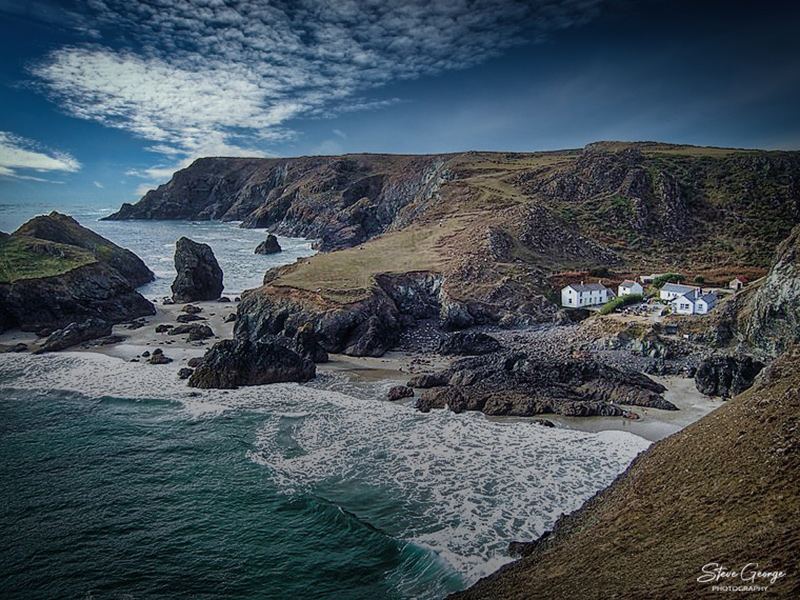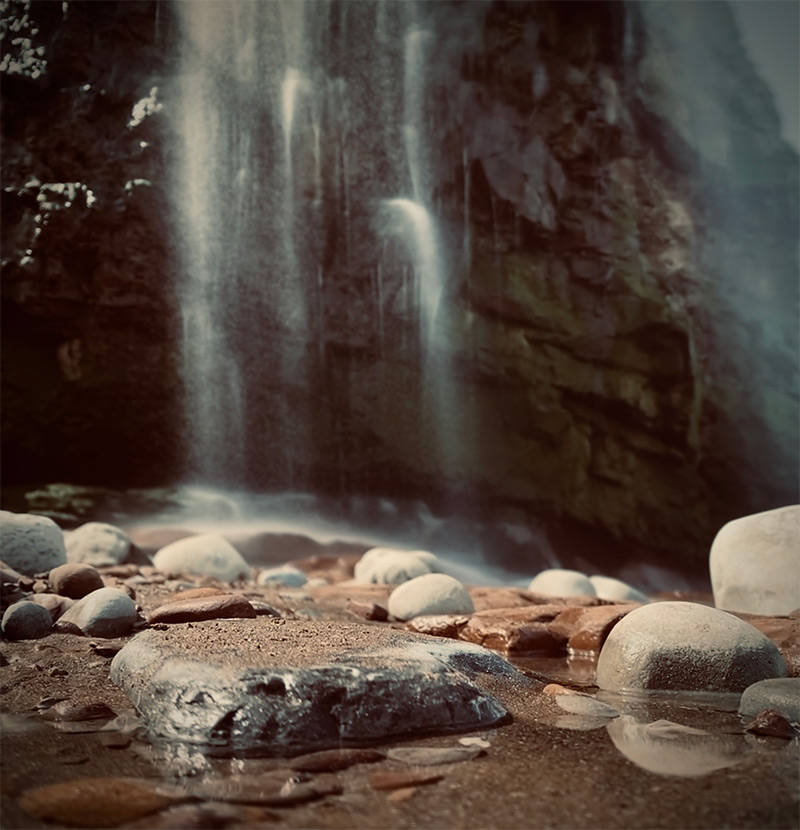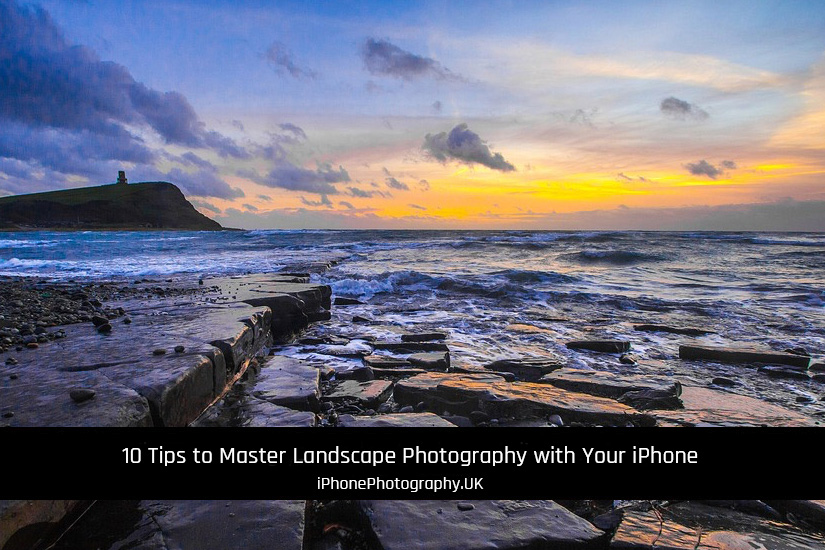Introduction:
Are you eager to capture stunning landscapes with your phone camera?
Landscape photography is a fantastic way to capture the beauty of nature. And, you don’t need expensive equipment to create stunning landscape shots.
In this beginner’s guide, we will walk you through some simple techniques and tips to help you take your phone photography skills to the next level. Just follow these tips and let your creativity soar!
These tips aren’t in any particular order. Every one will give you another string to your photography bow.
The Tips
1. Find the Right Location:
Choose a scenic location that inspires you. Look for interesting subjects such as mountains, lakes, or forests. Scout the area in advance to identify potential vantage points and compositions.

2. Utilise the Rule of Thirds:
To use the rule of thirds, imagine dividing your frame into nine equal parts with two horizontal and two vertical lines. Position your main subject or points of interest along these lines or at their intersections.
3. Pay Attention to Leading Lines:
Leading lines, such as roads, rivers, or fences, draw the viewer’s eye into the photo. Look for natural or man-made lines that guide the viewer’s gaze towards the main subject or into the distance.
4. Utilise Natural Light:
Timing is crucial in landscape photography. Take advantage of the golden hours, which are the hours after sunrise and before sunset, when the light is soft and warm. Plan your shoots accordingly to capture stunning colours and textures. Avoid harsh midday sunlight as it can create strong shadows and washed-out colours.
5. Capture Depth with Foreground Elements:
Including interesting foreground elements, such as rocks, flowers, or trees, adds depth and visual interest to your landscape photos. Experiment with different angles and perspectives to create a sense of depth in your images.

6. Maintain a Steady Hand:
To avoid blurry photos, hold your phone with both hands or use a tripod if possible. Tapping the shutter button gently or using a timer can help minimise camera shake.
7. Adjust Exposure and Focus:
Most smartphone cameras allow you to adjust exposure and focus manually. Tap on the screen to set the focus point and then adjust the exposure by sliding your finger up or down. This helps ensure that your subject is well-focused and properly exposed, even in challenging lighting conditions.
8. Experiment with HDR Mode:
High Dynamic Range (HDR) mode is useful for capturing landscapes with varying lighting conditions. It blends multiple exposures to create a well-exposed image. Activate HDR mode on your phone’s camera settings and experiment with different scenes.
9. Experiment with Panoramas:
Most phone cameras offer a panorama mode that allows you to capture wide, sweeping landscapes. Slowly pan your phone across the scene while keeping it level, and let the camera stitch the images together automatically. Panoramas are a great way to capture the full beauty of expansive landscapes.
10. Practice and Explore:
The key to improving your smartphone landscape photography skills, is time and patience. Be prepared to revisit locations, experiment with different techniques, and wait for the right lighting conditions to capture that perfect shot. Take your phone with you wherever you go and capture various landscapes. Experiment with different techniques, angles, and perspectives to develop your own unique style. Remember, practice makes perfect!
Extra Tip ~ Enhance Your Photos with Editing Apps:
After capturing your landscape photos, take advantage of editing apps to fine-tune and enhance them further. Adjust the brightness, contrast, and saturation to bring out the best in your images. Experiment with filters and presets to create your desired mood or style.
Conclusion:
Follow these beginner-friendly tips to improve your landscape photography skills. With the right techniques and a creative eye, you can capture stunning landscape photos using just your smartphone camera.
Remember to pay attention to composition, utilise natural light, and experiment with different settings and techniques.
Most importantly, enjoy the process and let your creativity guide you. Get out there, explore, and capture the beauty of the world with your smartphone camera!
What would you add to this list? Let me know in the comments.
Steve

